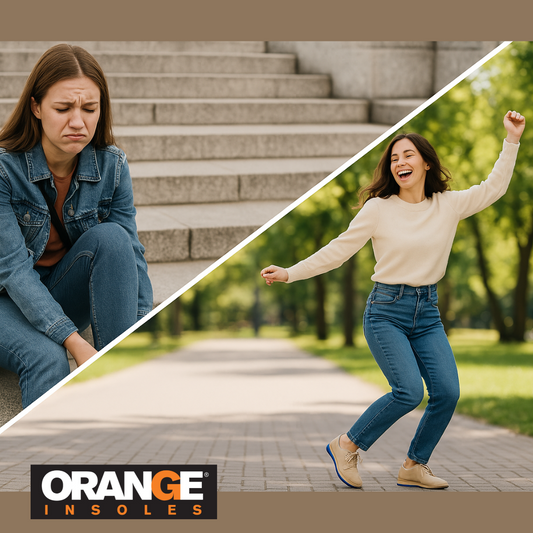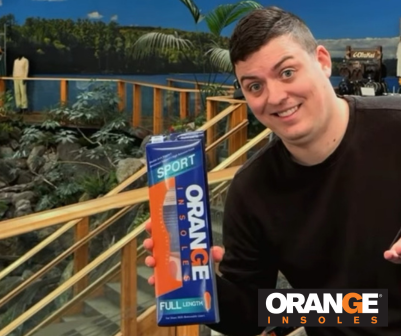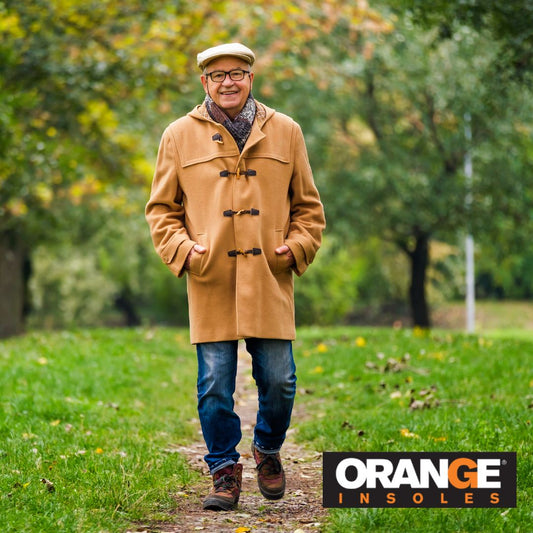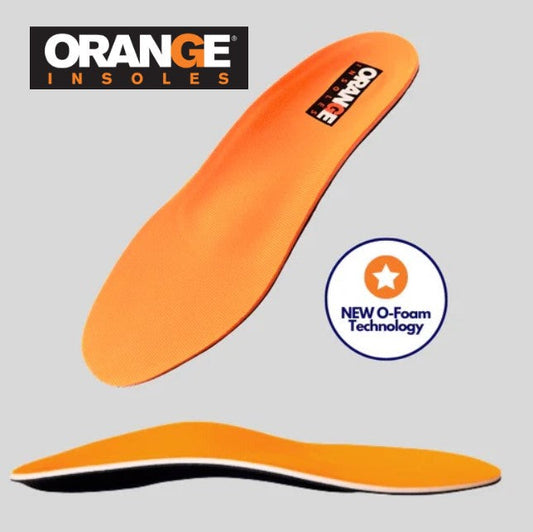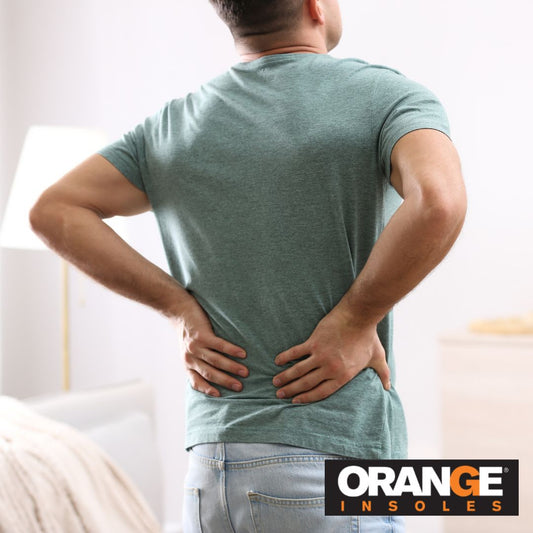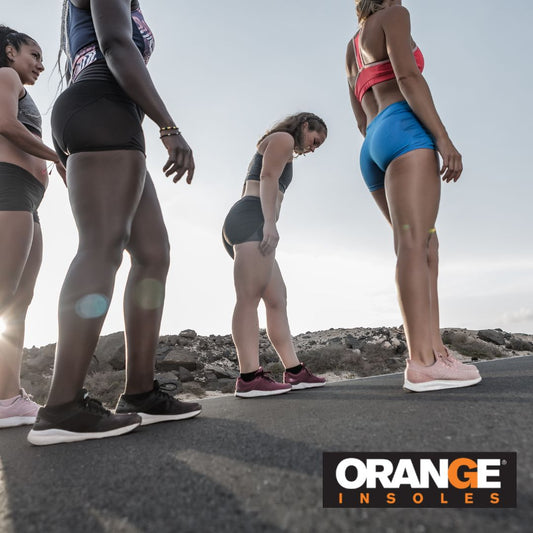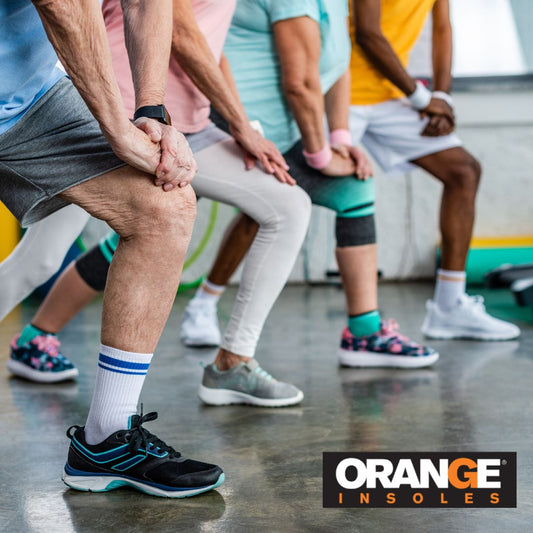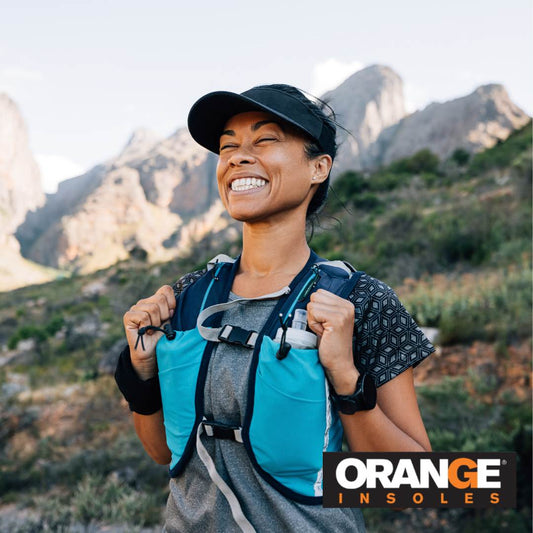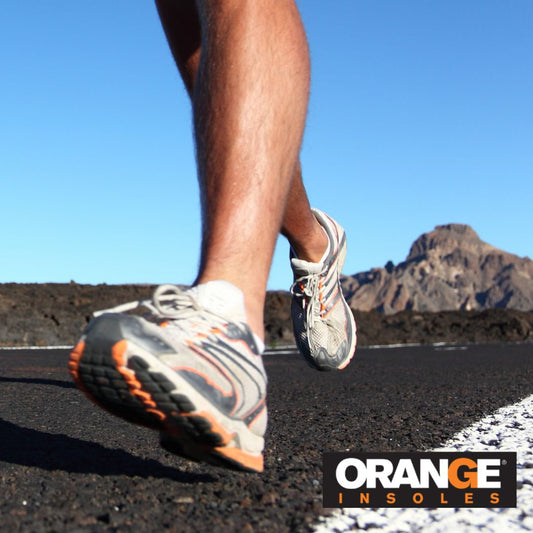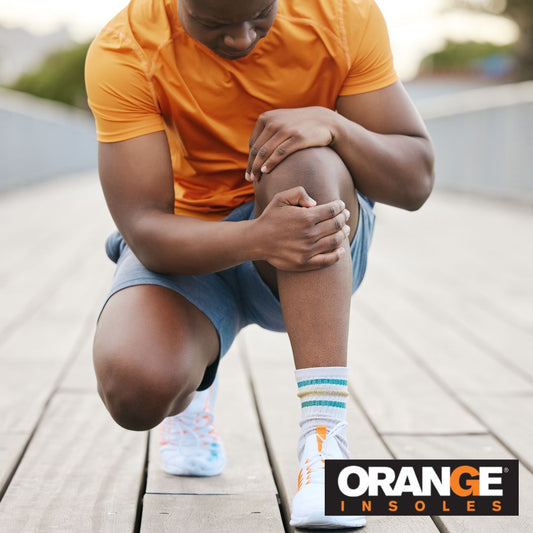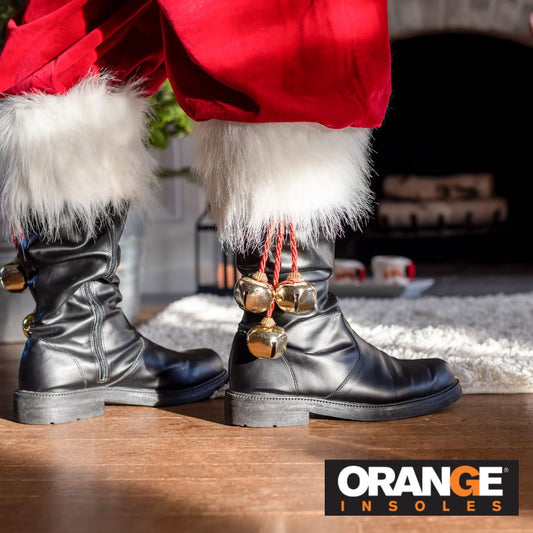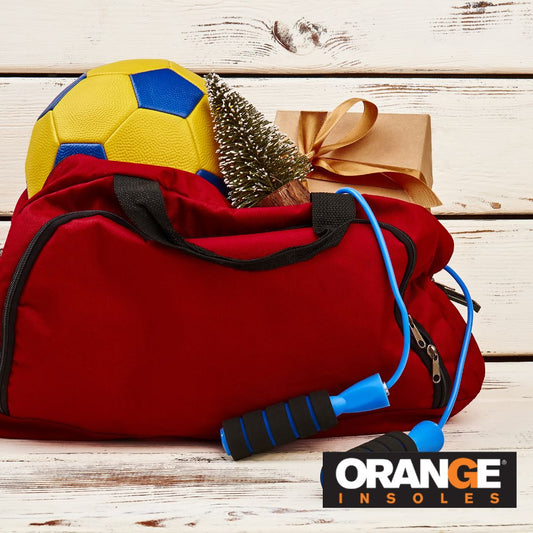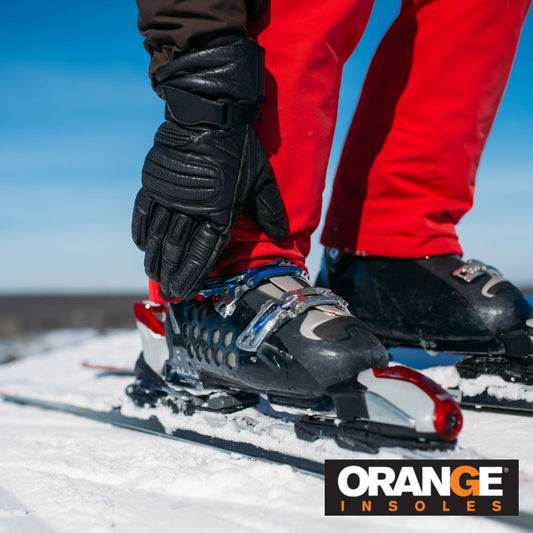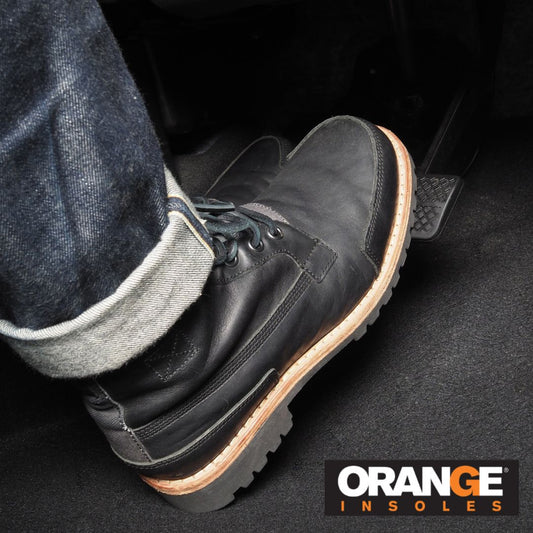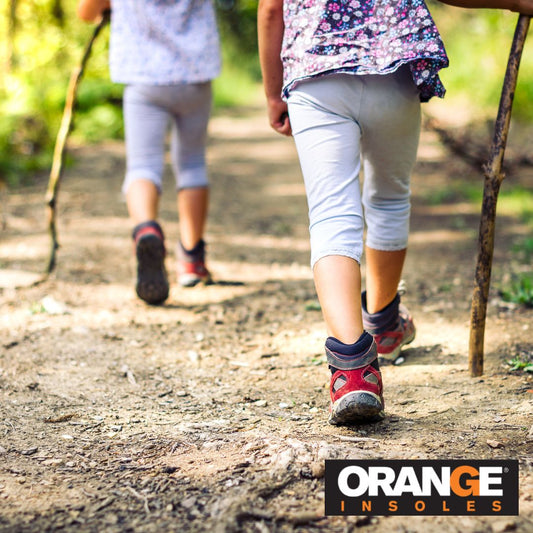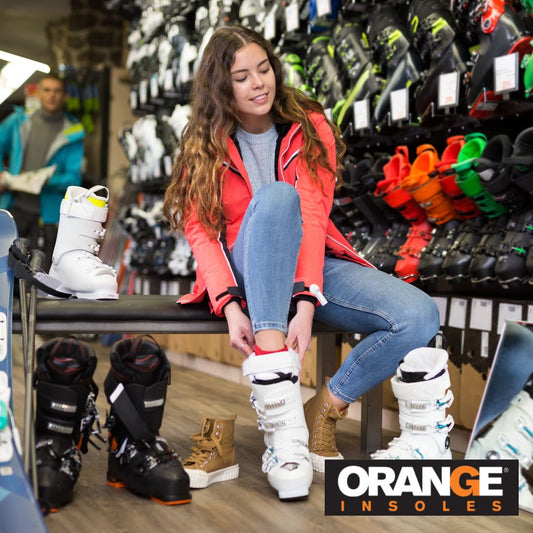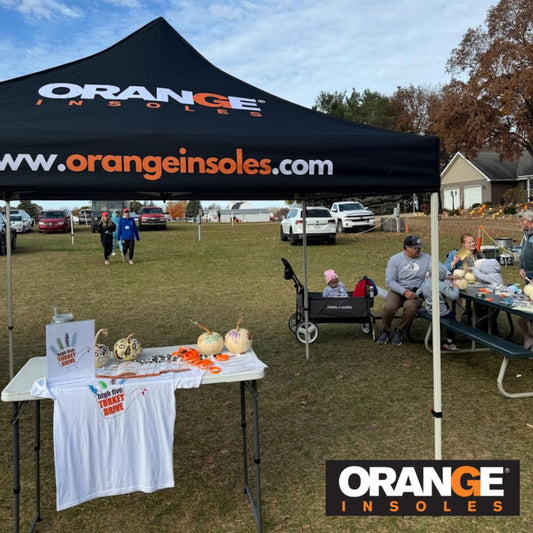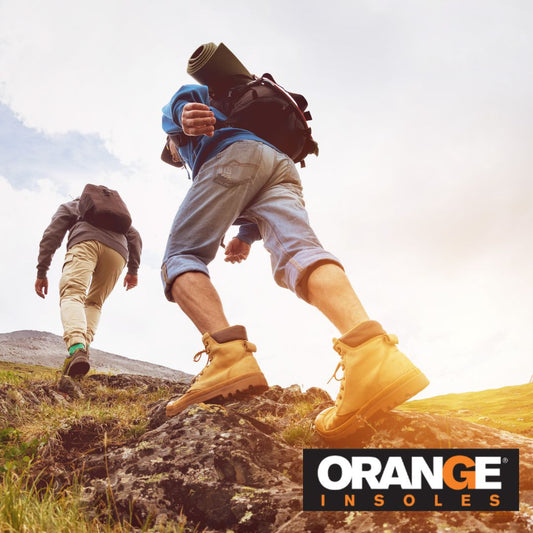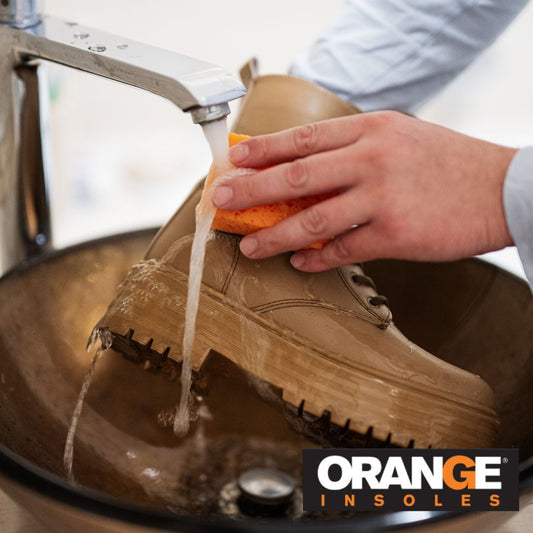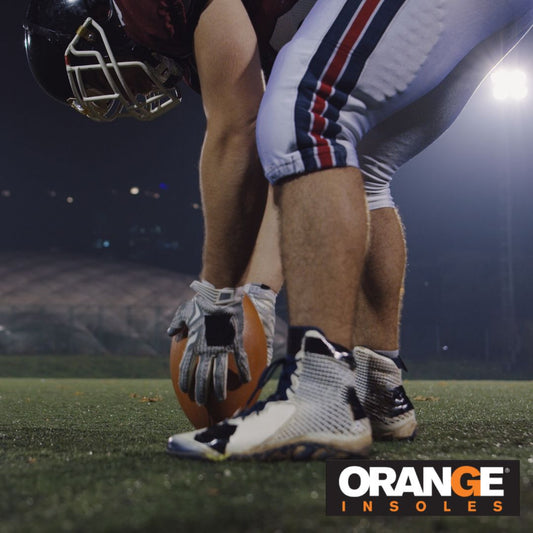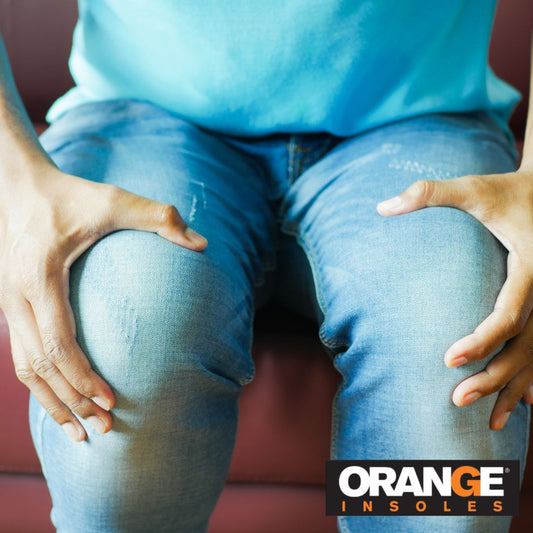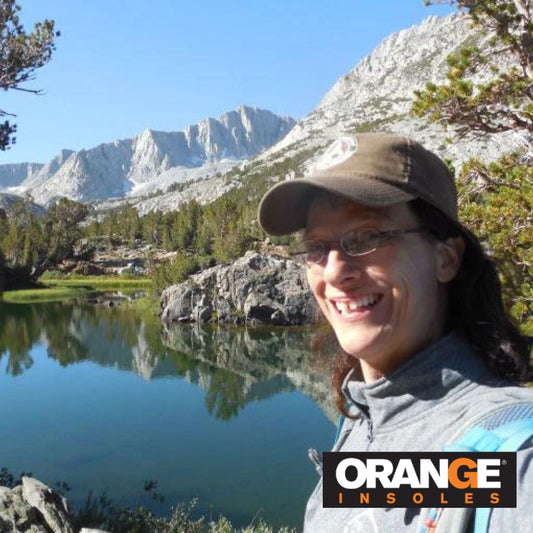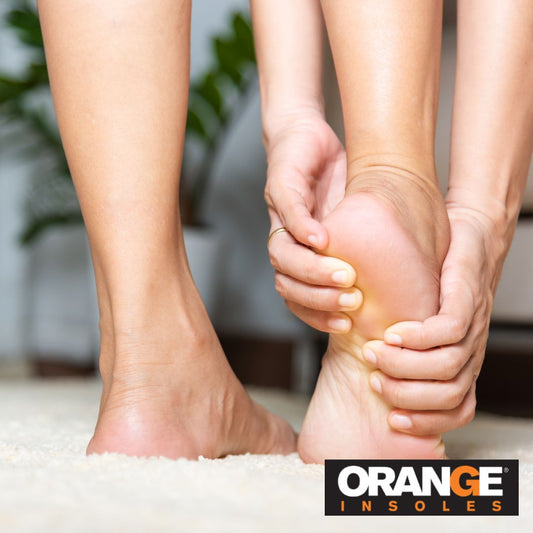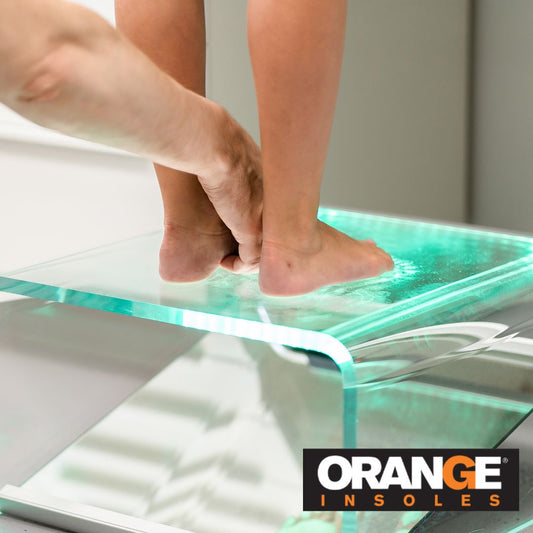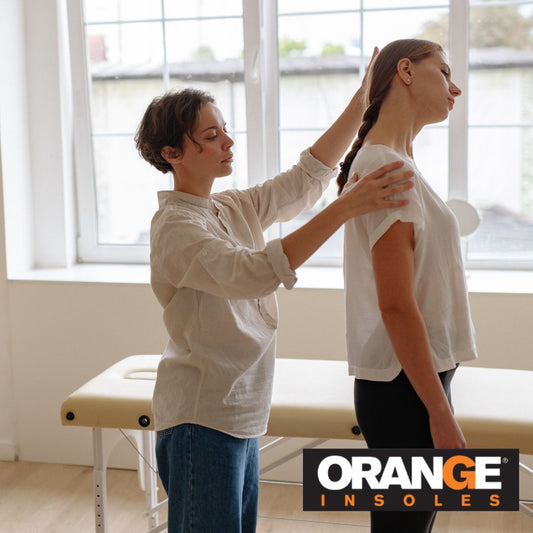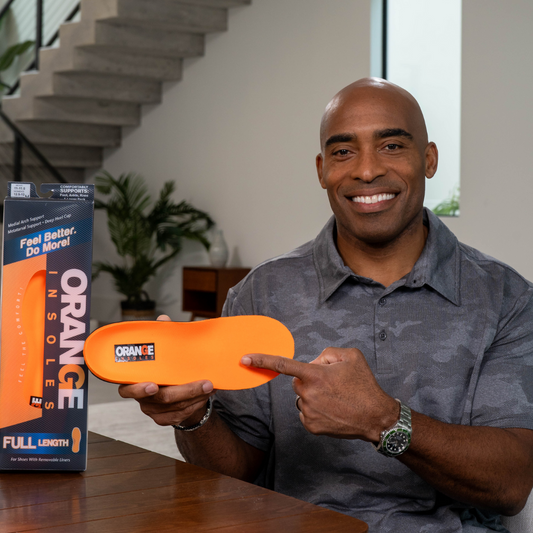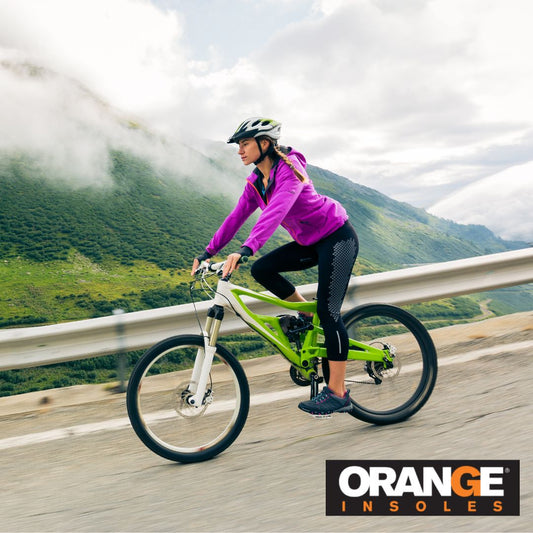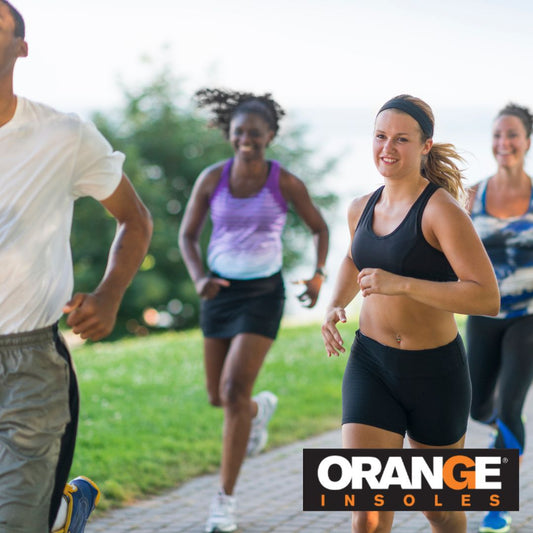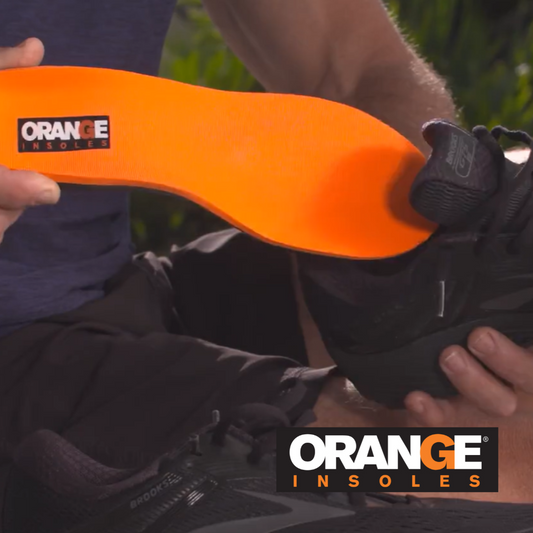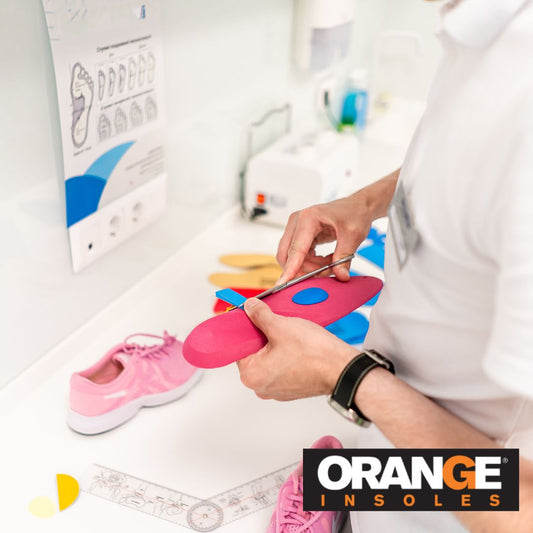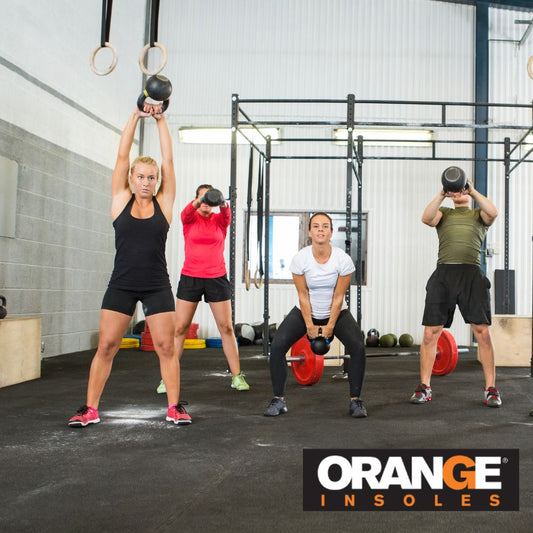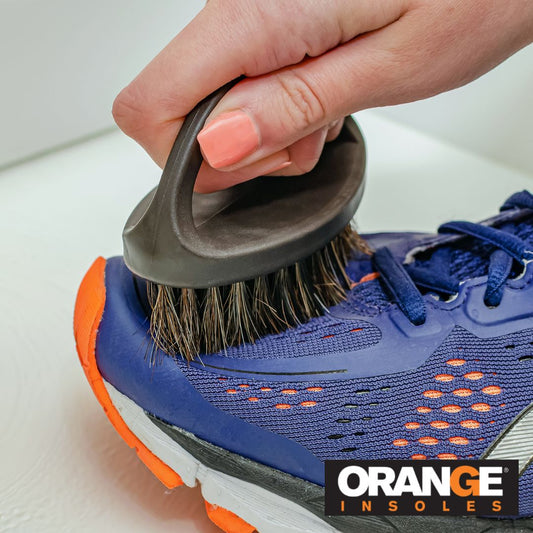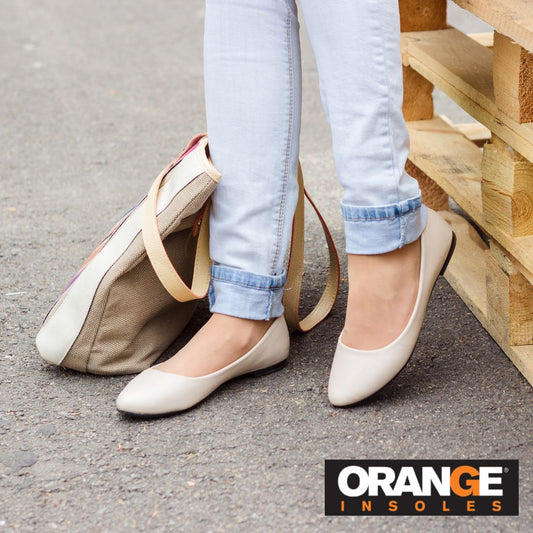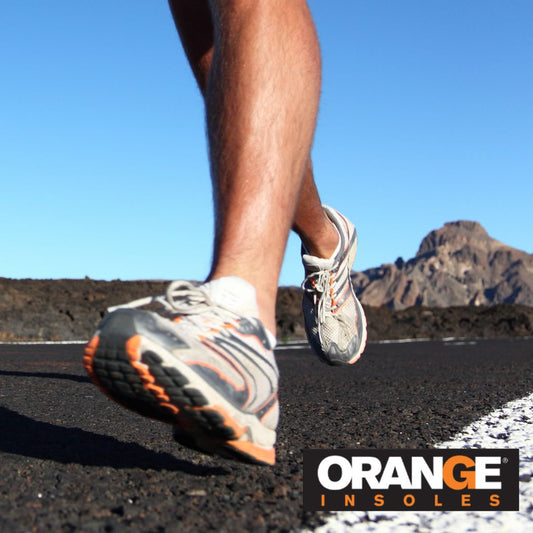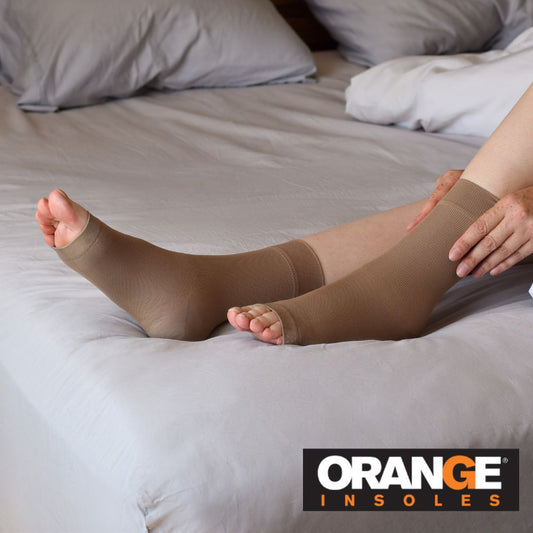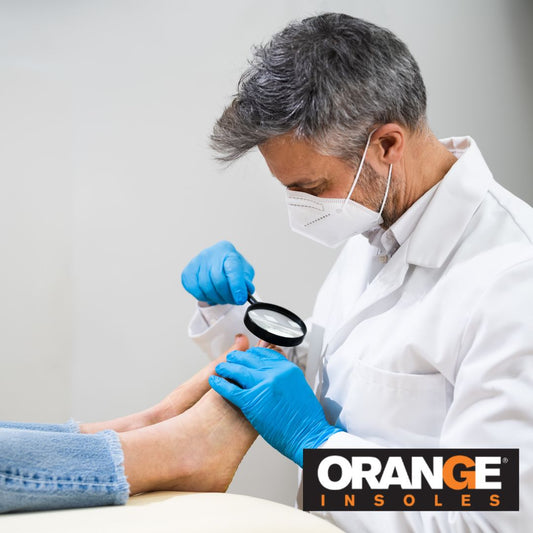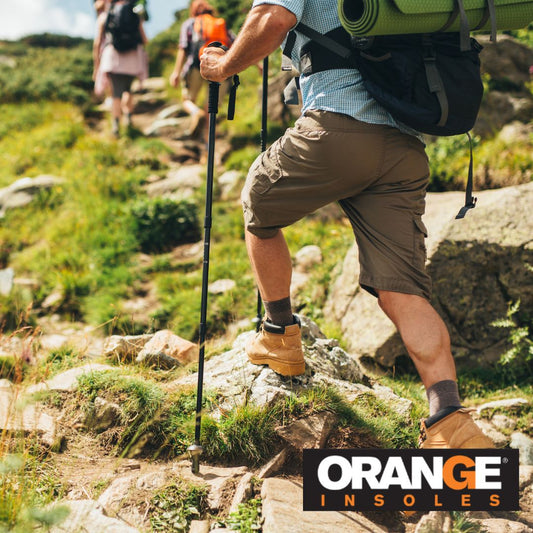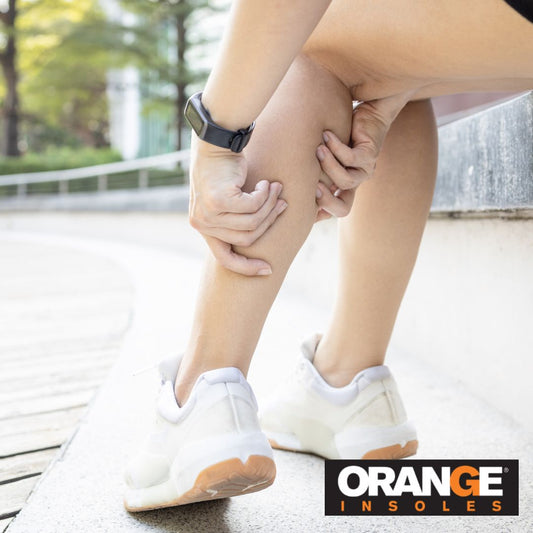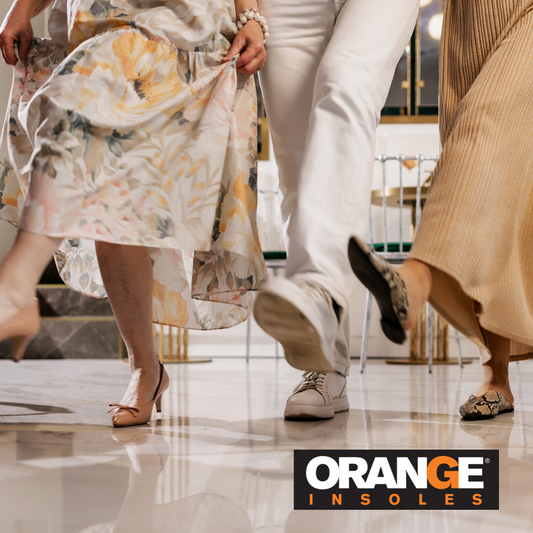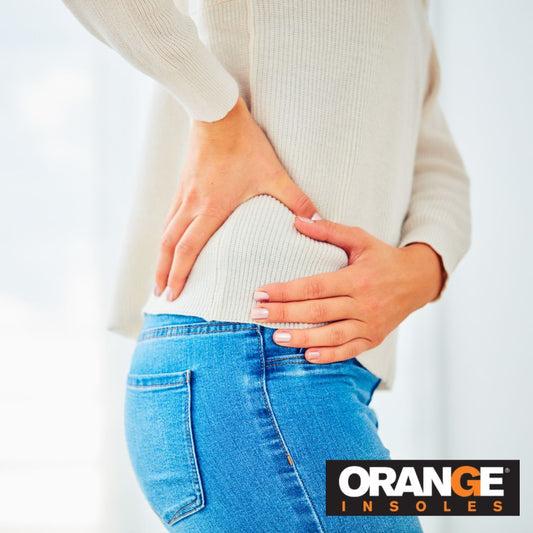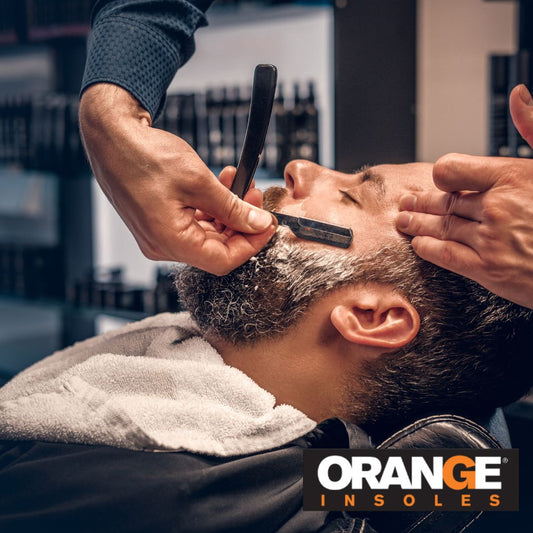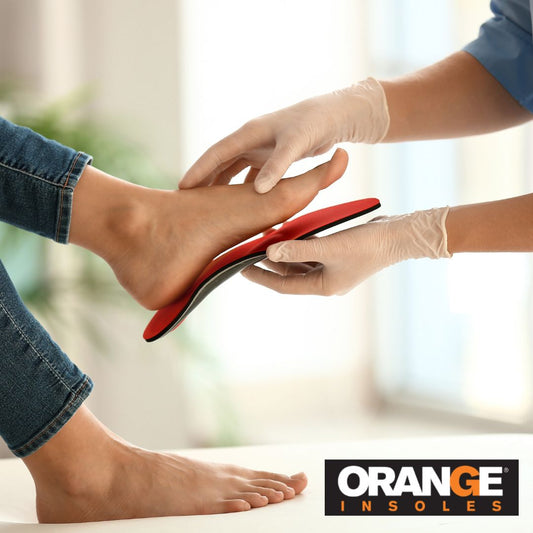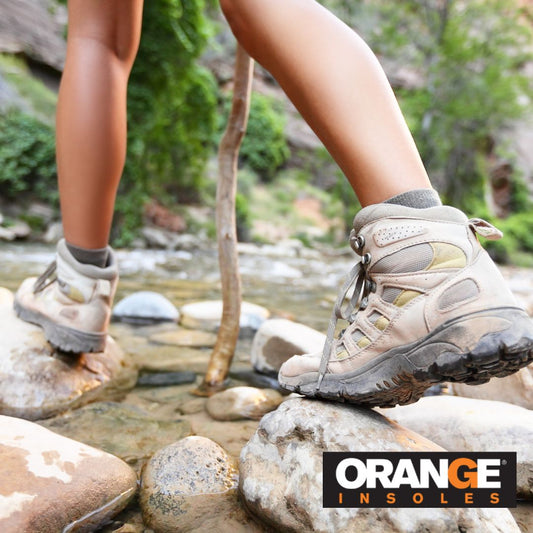A while back, we wrote a post about cleats, and the common support issues that people encounter with them. In it, we mentioned Sever’s Disease, a condition that affects many young athletes. It’s an issue that we get enough questions about, we figured it deserved it’s own post. So, with that said, what is Sever’s Disease?
And, more importantly, how do you treat it?
What is Sever’s Disease?
Sever’s disease, or calcaneal apophysitis, is a condition in growing children and adolescents where the growth plate of the heel can become inflamed and cause pain.
It’s caused by repetitive stress to the heel, like athletics. Prolonged activity with non-supportive shoes can aggravate it.
Usually, sufferers of Sever’s Disease are between the ages of 9-14.
The good news about Sever’s Disease? It’s not permanent. Young athletes that suffer from Sever’s Disease don’t have to worry about dealing with it indefinitely. It’s a condition that they will grow out of.
The bad news? It’s extremely painful. Which is why it’s not a great idea to treat it lightly or aggravate the condition.
What can you do about Sever’s Disease?
It’s tough to see a young person in pain, and it’s tempting to want a quick fix for Sever’s Disease. But really, the best remedies for Sever’s Disease are rest, strengthening and stretching, and using proper support.
Rest: Don’t Aggravate The Condition
Here’s one that a lot of young athletes find to be a challenge: if Sever’s Disease is present, it’s a good idea to reign back the amount of strenuous physical activity.
This one can be dependant on the severity of the condition. If pain is relatively mild, it may be safe to continue with athletics or sports. Use supportive footwear, and be mindful of not pushing if the pain gets any worse.
If the pain is severe? It may be a sign to reign back in the amount or intensity of exercise and training. It may be a good idea to take a break from strenuous activity for a while in order to facilitate healing.
If someone is suffering from Sever’s Disease, continuing to blindly push through the condition and aggravate the growth plate will only make the pain worse.
Stretching: Strengthen Surrounding Muscles
If you’ve read any of our posts about foot type and alignment issues, you know that when it comes to your lower extremities, when one element is out of whack it can put undue pressure on other parts of your body.
Tightness in certain muscles, like the calves and the hamstrings, can put too much pressure on the heel, which can make Sever’s pain worse.
An effective treatment for Sever’s Disease is to perform strengthening stretches. Stretching the hamstring, the calf, and the feet (particularly the arches,) could be a great help in relieving pain associated with Sever’s.
We’re not stretching experts ourselves, but we recommend checking out this list of Sever’s Disease stretches from Stretchify.
Support: Sever’s Disease Heel Cup
The last thing to consider is the level of support that’s being found around that sensitive growth plate area in the heel.
Enhancing support and cupping the heel can reduce pain in Sever’s Disease. (There are a few things to look for when you’re looking for support, check out our post on the Anatomy of a Shoe for more info.)
First off, if someone wearing cleats is suffering from Sever’s Disease, they may benefit from switching to a running shoe for strenuous activity. Yes, they’ll sacrifice a little traction, but running shoes have far more arch support, a wider base, and better shock absorption… all of which can make a positive impact on Sever’s pain.
Next, it’s important to look at what shoes they’re wearing when they aren’t training. (It’s just as important to protect your feet when you’re not running.) If all day they are standing on concrete in flip-flops or low-profile casual flats with little to no support, that can aggravate their condition as well.
Finally, consider an insole, or a orthotic heel cup as recommended by your doctor. Many times a Sever’s Disease heel cup, which holds the heel in place and provides extra support in that area, can make a positive impact on Sever’s disease pain.
If you or someone you know is suffering from pain, an Orange Insole might help. In addition to a good stretching routine and a mindful training regimen, Orange Insoles are equipped with a heel cup to help keep the heel in place and provide natural shock absorption. They come in sizes that can fit most any type of shoe, from cleats to flats to running shoes.
Check out our inventory today and find an Orange Insole to help fit your needs.







